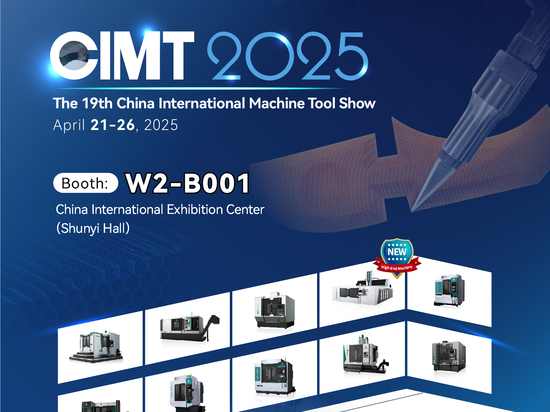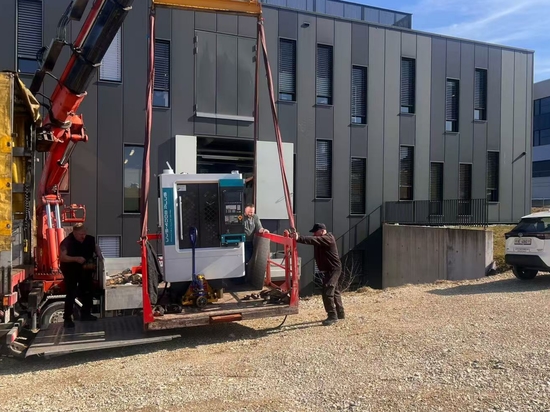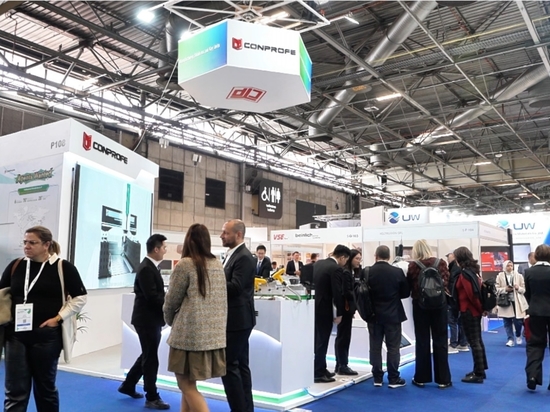
#Product Trends
Customer Story: Ultrasonic Solution for PANDA PMF Optical Fiber Machining
Customer Story: Ultrasonic Solution for PANDA PMF Optical Fiber Machining
PANDA polarization-maintaining optical fiber (PANDA PMF) is widely used in aerospace, medical, electronic and communications fields because of its excellent optical properties. Optical fiber manufacturing comprises two main processes: preform making and fiber drawing. The key to optical fiber preform making is adopting prestressed deep hole machining technique to ensure the holes' straightness, roughness and symmetry, which are critical to the performance of the optical fiber.
Recently, a major machine tool distributor in Latvian approached Conprofe asking for an effective solution to drilling two D7.8*250mm prestressed deep holes on a high-end quartz glass optical fiber. After learning Conprofe's rich experience in Ultrasonic Machining, an innovative technology for hard-brittle material processing, they immediately sent out two workpieces for a test cut.
Conprofe’s Ultrasonic Drilling and Tapping Center did not only meet customer’s requirements but also improved the hole surface quality by more than 71% and secured parallelism of <0.0385mm between the two holes.
Machining Requirements
A D30*250mm optical fiber preform with two 32xD deep holes (D7.8*250mm) of sidewall roughness Sa<0.8um are required.
Workpiece: quartz glass optical fiber
Size: D30*250mm
Material: quartz glass
Machined feature: 32xD (D7.8*250mm) deep holes
Machining Challenges
The material of optical fiber preform is quartz glass, a typical hard-brittle material that is hard to machine. The end customer uses a conventional machine tool to drill the preform, in which case the hole edge is chipped easily at the entry and exit. Conventional machining also fails to produce the expected hole wall roughness and parallelism between the two holes.
Moreover, because of the lack of rigidity, frequent cutting tool breakage damages the workpieces and results in low yield.
Machining Solution
Conprofe’s Ultrasonic Drilling and Tapping Center UGT-500, with a large Z-axis travel and a spindle nose to table distance of up to 700mm, works together with Smartguy 4-axis Rotary Table DX-180A and Conprofe’s self-developed coolant-through UM-BT30-SK16-126UM Ultrasonic Tool Holder to provide ultrasonic machining solution.
Conprofe Ultrasonic-Green Drilling & Tapping Center UGT-500
Features:
Standard high-speed and high-precision spindle and optional coolant-through BBT-30 Ultrasonic Spindle with a max. speed of 24,000rpm available
Optional MQL system, no need for coolant
Various tool magazine capacity options: T21 (standard), T26/T30/T36 (optional)
The work was not completed due to tool breakage under conventional machining conditions. The hole wall was burnt, the roughness was poor, and the prestressed hole was observably skewed. Under Conprofe's ultrasonic machining conditions, the roughness of the prestressed hole wall stayed at 0.122~0.232μm, 71% better than the Sa<0.8um requested by the end customer. The parallelism between the two holes was<0.0385mm, and the diameters of the entry and exit holes were consistent.
This is another example of the successful application of Conprofe's ultrasonic technology in machining hard-brittle materials. If you are having a hard nut to crack, please consult us for a test cut with an Ultrasonic solution!
You can reach me via
Tel/WhatsApp: +86-138 2607 9999 (Ms. Esther HU, Senior Sales Director)
Web: https://www.conprofetech.cn/













